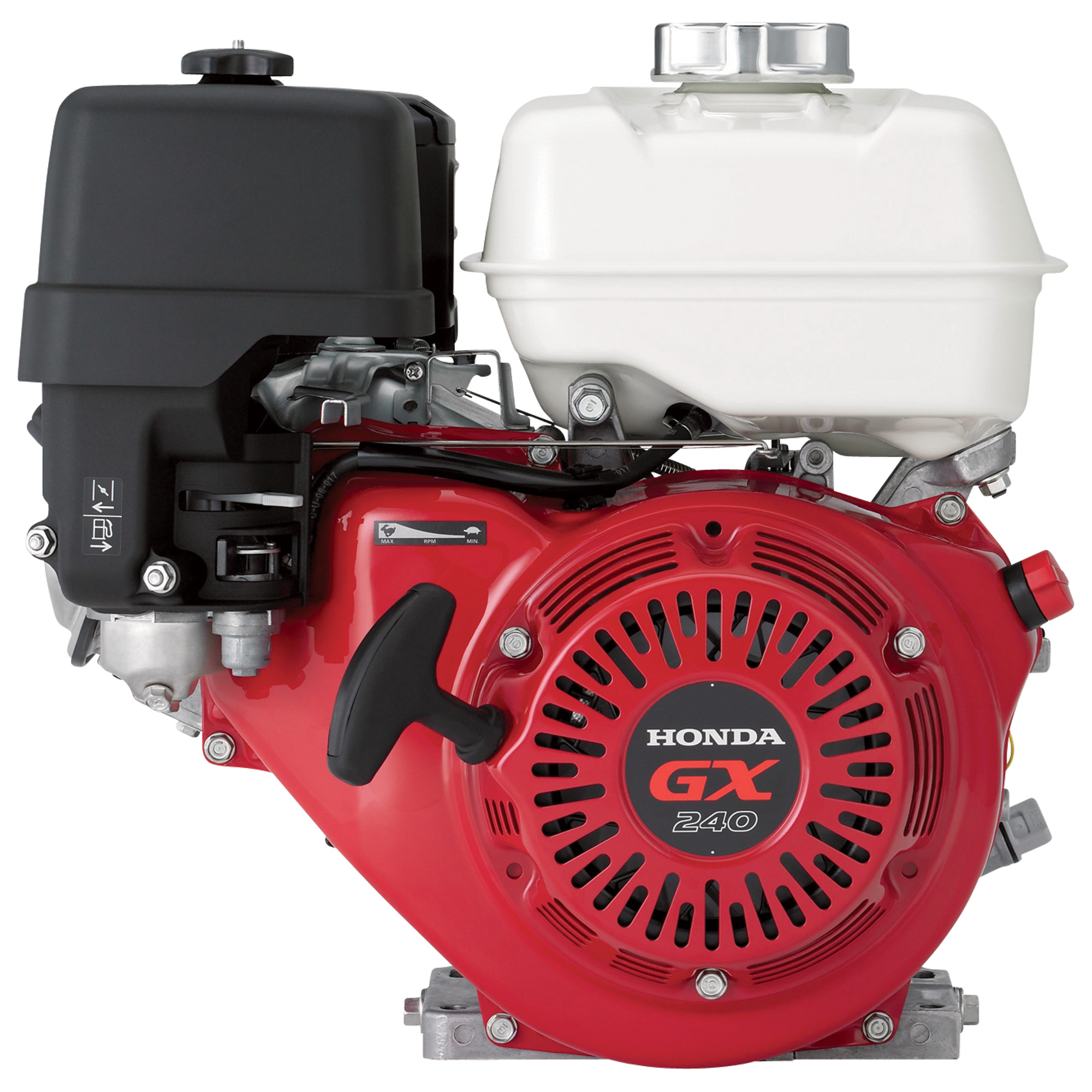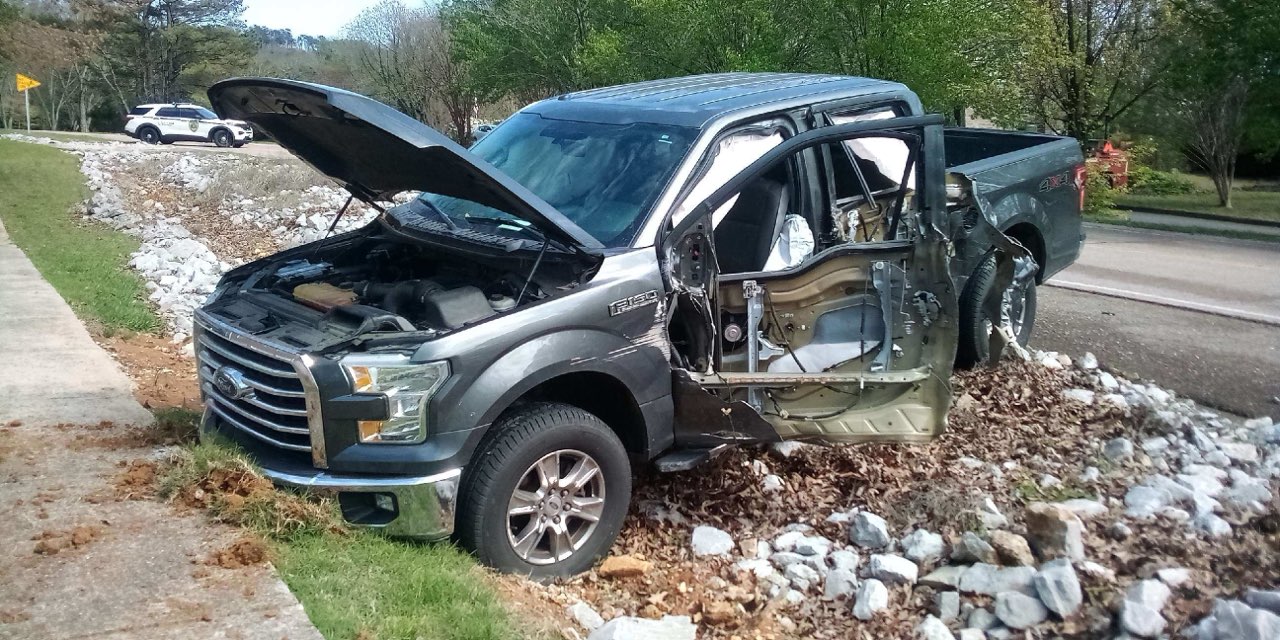
FREE SHIPPING ON
ALL QUALIFYING ORDERS
Enter your email below to join our mailing list:

In the Masonry industry we have always relied on the use of mechanical energy to lay a brick or block. How we get that energy has changed with the times. At first it was all human, then animal. We moved to hydro power then steam engines. Now days our mixers, power trowels, hoists, forklifts, saws and even scaffold are powered by either electricity or gas/diesel to produce mechanical energy to perform the work of placing a brick in the wall.
Many people use the terms “motor” and “engine” interchangeably, but there is a technical difference between the two. In simple terms, an engine is a power source that converts fuel into mechanical energy, while a motor converts electrical energy into mechanical energy. In this article, we’ll explore the key differences between motors and engines.
Engines
An engine is a machine that burns fuel to create energy. This energy is then used to power a device, such as a car, generator, or airplane. There are several types of engines, including internal combustion engines, steam engines, and gas turbines. Each type of engine has its own unique properties, but they all work by burning a fuel to create heat and pressure, which is then used to produce mechanical energy.
Internal combustion engines are the most common type of engine. They are found in cars, trucks, and motorcycles, among other applications. These engines work by burning fuel in a combustion chamber to create high pressure and heat, which is then converted into mechanical energy by pistons or turbines. The most common fuels used in internal combustion engines are gasoline and diesel fuel.
Steam engines were once widely used but have largely been replaced by internal combustion engines. They work by heating water to create steam, which then powers a piston or turbine. Steam engines are still used in some applications, such as steam turbines for electricity generation.
Gas turbines are used in jet engines and power generation. They work by burning fuel in a combustion chamber to create hot gases, which then flow through a turbine to produce mechanical energy.
Motors
A motor, on the other hand, is a device that converts electrical energy into mechanical energy. Electric motors are commonly used in a wide range of applications, from power tools to electric vehicles. They work by using magnets and electromagnets to produce motion.
There are several types of electric motors, including DC motors, AC motors, and stepper motors. DC motors are commonly used in applications such as electric vehicles and power tools. They work by using a magnetic field to produce rotational motion.
AC motors are used in a wide range of applications, including industrial machinery and home appliances. They work by using a rotating magnetic field to produce motion.
Stepper motors are used in applications that require precise control of motion, such as robotics and 3D printing. They work by using a magnetic field to move a rotor in small, precise steps.
Conclusion
In summary, the main difference between a motor and an engine is the source of energy they use. An engine burns fuel to create mechanical energy, while a motor converts electrical energy into mechanical energy. Engines are commonly used in vehicles and power generation, while motors are used in a wide range of applications, from power tools to robotics. By understanding the differences between these two devices, we can better appreciate the role they play in our daily lives.





No spam, notifications only about products and updates.

Having dealt with MK Diamond Products and the Delahauts since the mid 1990’s it is sad to hear the news that they have closed their

I’ve told my wife and daughter to never follow a mortar mixer down the interstate. For over 30 years we have sold, rented, and repaired

This question is one of the most frequent mixer related questions our rental staff are asked. Our contractor customers know the importance of using the right tools for the job.

Trowel Trades, a company that specializes in equipment rental, tool retail, repair services, scaffolding and mast climber access solutions, enters the Silver Tier of the Masonry Alliance Program.
Your email was submitted successfully.
YOUR 10% OFF COUPON CODE IS WELCOME10.
See category exclusions below.
Category Exclusions:
Arbortech Brick and Mortar Saw, Compaction, Concrete Mixers, Concrete Walk Behind Saws, Drop Hammers, Grout Hogs, iQ Power Tools, Masonry Block Saws, Masonry Brick Saws, Mast Climbers, Mortar Mixers, Mud Buggy, Saws, Scaffold, Self Dumping Hoppers, Shoring, and Stihl